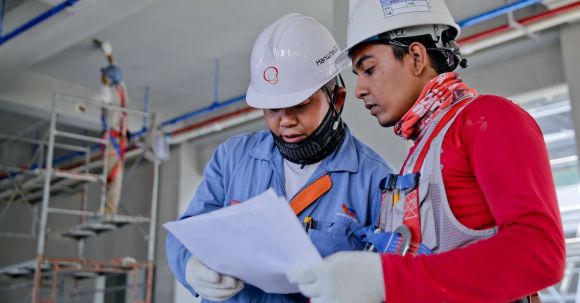Data analytics and machine learning are changing the way businesses operate, and the construction industry is no exception. In recent years, the use of machine learning to optimize construction equipment performance has enabled companies to save time and money, while improving safety and efficiency on the job.
What is Machine Learning
Machine learning is a branch of artificial intelligence that enables machines to learn from data and make decisions without explicit programming. By using machine learning algorithms, data can be analyzed to identify patterns, trends, and anomalies, and then used to make predictions and improve decision-making.
The Benefits of Machine Learning
There are several ways in which machine learning can be used to optimize construction equipment performance. Here are some of the key benefits:
- Improved safety: By monitoring the performance of equipment, machine learning can identify potential safety risks before they become a problem, minimizing the risk of injury or death on the job site.
- Reduced downtime: Machine learning can be used to detect potential problems with equipment before they become serious, reducing downtime and increasing efficiency.
- Improved cost savings: By optimizing equipment performance, machine learning can reduce operational costs, saving money in the long run.
- Better decision-making: By analyzing data from previous construction projects, machine learning can provide valuable insight into the best practices for future projects.
How Machine Learning is Used to Optimize Construction Equipment Performance
Machine learning can be used in several ways to optimize construction equipment performance. Here are some of the most common applications:
- Predictive maintenance: By analyzing data from sensors and other sources, machine learning algorithms can predict when equipment is likely to fail, allowing companies to take preventive action and avoid costly downtime.
- Optimizing fuel consumption: Machine learning algorithms can be used to analyze data from fuel consumption and other sources to identify the most efficient way to operate equipment, resulting in cost savings over time.
- Data-driven decision-making: By analyzing data from previous projects, machine learning algorithms can provide valuable insights into the best practices for future projects, resulting in improved efficiency and cost savings.
Conclusion
The use of machine learning to optimize construction equipment performance can have a significant impact on the efficiency and safety of construction projects. By using predictive maintenance, optimizing fuel consumption, and data-driven decision-making, companies can save time, money, and improve safety on the job. In the years to come, machine learning is likely to become an increasingly important part of the construction industry, as more companies begin to recognize the potential benefits.






